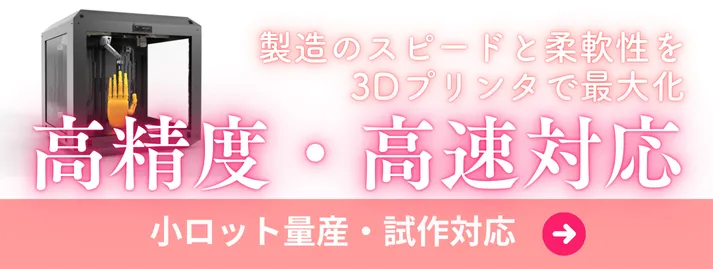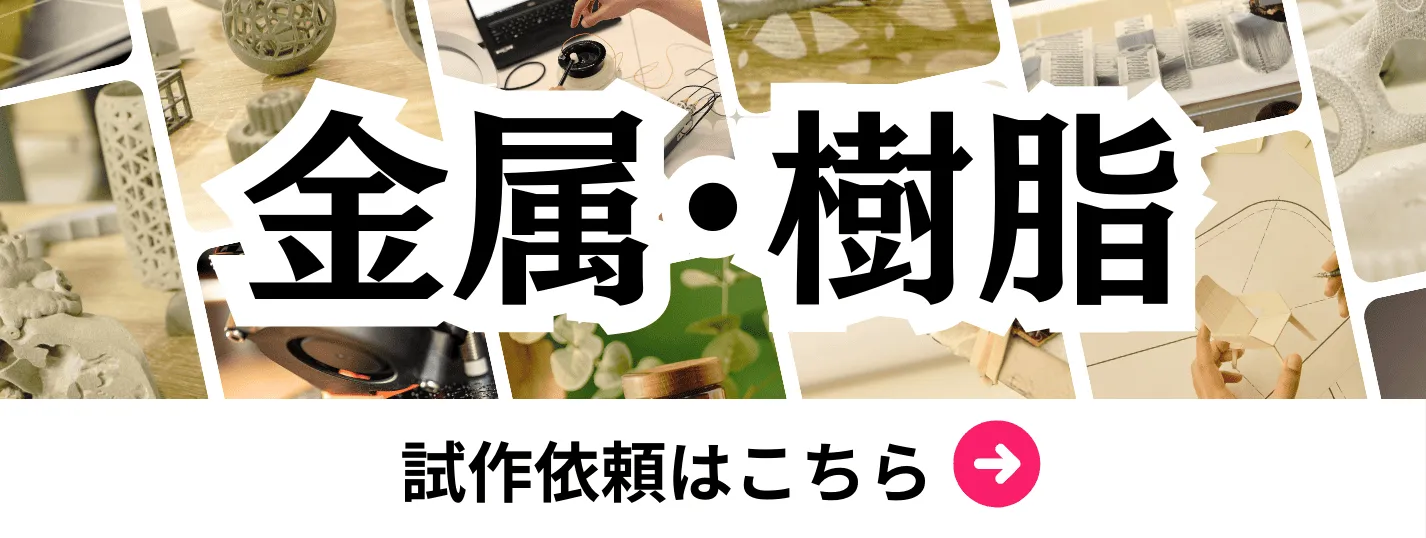- お役立ち記事
- Lightweight design of prototype parts and use of environmentally friendly materials
月間76,176名の
製造業ご担当者様が閲覧しています*
*2025年3月31日現在のGoogle Analyticsのデータより

Lightweight design of prototype parts and use of environmentally friendly materials

目次
Prototype Parts and Their Importance
Prototype parts play a critical role in the design and manufacturing process.
They serve as tangible models used to test the functionality, design, and performance of products before mass production.
These initial versions allow engineers and designers to identify potential issues, make necessary adjustments, and assure quality in the final product.
One of the biggest challenges in creating prototypes is ensuring that they mimic the performance and assembly characteristics of the final product while being economical and efficient.
Lightweight Design: A Key Consideration
In recent years, lightweight design has become an essential aspect of prototype development.
This isn’t just related to the reduction in overall weight, but also enhances performance, efficiency, and cost-effectiveness.
Lighter parts can lead to lower fuel consumption in automotive and aerospace applications, reduced material costs, and a smaller environmental footprint.
The Benefits of Lightweight Design
There are several benefits to incorporating lightweight design principles into prototype parts:
– **Improved Performance**: Lighter parts often translate to improved acceleration and handling in vehicles.
For products like drones or aircraft, this can significantly enhance flight duration and range.
– **Cost Efficiency**: By using less material, manufacturers can save on raw material costs, leading to a reduction in the total production cost.
– **Environmental Impact**: Reducing weight can lead to less energy consumption, whether in vehicles or other products, reducing greenhouse gas emissions and conserving natural resources.
Techniques for Achieving Lightweight Design
Several techniques can be employed to achieve lightweight designs in prototype parts:
– **Material Selection**: Using lightweight metals like aluminum or titanium, or advanced composites and polymers can significantly reduce weight without sacrificing strength.
– **Design Optimization**: Utilizing design software that simulates stress and strain can highlight areas where material can be reduced or removed entirely without compromising integrity.
– **Additive Manufacturing**: Also known as 3D printing, this technology allows for the creation of complex geometries that use less material, making it ideal for lightweight design.
Environmentally Friendly Materials: A Sustainable Choice
With increased awareness of climate change and ecological responsibility, using environmentally friendly materials in prototype parts has become paramount.
These materials, also known as ‘green’ materials, are designed to minimize environmental impact through their lifecycle.
This includes the extraction and processing stage, in-life service, and disposal or recycling.
Types of Environmentally Friendly Materials
There is a growing range of environmentally friendly materials available:
– **Biodegradable Plastics**: Derived from renewable sources such as plant materials, these plastics decompose naturally and can be a good substitute for traditional petroleum-based plastics.
– **Recycled Materials**: Incorporating materials like recycled steel or aluminum not only reduces waste but also decreases the demand for raw material extraction.
– **Natural Fiber Composites**: Combining natural fibers such as hemp, flax, or bamboo with traditional materials results in composites that are not only lightweight but also have a reduced environmental impact.
Benefits of Using Environmentally Friendly Materials
Using environmentally friendly materials does not just serve environmental goals, it also offers business advantages:
– **Sustainability Appeal**: As consumers increasingly value sustainability, companies can leverage their use of green materials for marketing and brand differentiation.
– **Regulatory Compliance and Incentives**: Many regions have regulations that require or incentivize the use of sustainable materials, which can lead to compliance cost savings or financial benefits.
– **Resource Preservation**: Utilizing renewable and recyclable materials helps in conserving finite natural resources, positioning a company as a responsible steward of the planet.
Implementing Lightweight and Eco-friendly Solutions in Prototyping
Integrating lightweight design and environmentally friendly materials into prototypes requires careful planning and execution.
It begins with a comprehensive assessment of the product’s requirements, including strength, functionality, and cost constraints.
Stage 1: Material and Design Analysis
The first phase involves analyzing various materials and design strategies to identify which combinations will meet the prototype’s needs effectively.
Computer-aided design (CAD) tools and simulation software are often used to evaluate potential designs and materials, ensuring they can withstand expected loads and perform as required.
Stage 2: Prototyping with Iterative Testing
Once potential options have been identified, prototyping with iterative testing begins.
This involves creating preliminary prototypes using different lightweight and eco-friendly materials, assessing their performance, and making necessary adjustments.
This process is critical in identifying the best options for production.
Stage 3: Final Evaluation and Optimization
After successful testing, the final prototypes are evaluated to identify any further optimizations.
This includes potential for further weight reduction, improved environmental benefits, or cost savings.
The prototype is also tested under realistic conditions to ensure durability and performance align with expectations.
Conclusion
Lightweight design and the use of environmentally friendly materials in prototype parts represent crucial steps towards sustainable, efficient, and high-performing product development.
They not only address the current pressures of reducing environmental impact but also provide companies with competitive advantages in their markets.
By embracing these strategies, manufacturers can pave the way toward a greener and more innovative future.
 資料ダウンロード
資料ダウンロード
QCD管理受発注クラウド「newji」は、受発注部門で必要なQCD管理全てを備えた、現場特化型兼クラウド型の今世紀最高の受発注管理システムとなります。
 ユーザー登録
ユーザー登録
受発注業務の効率化だけでなく、システムを導入することで、コスト削減や製品・資材のステータス可視化のほか、属人化していた受発注情報の共有化による内部不正防止や統制にも役立ちます。
 NEWJI DX
NEWJI DX
製造業に特化したデジタルトランスフォーメーション(DX)の実現を目指す請負開発型のコンサルティングサービスです。AI、iPaaS、および先端の技術を駆使して、製造プロセスの効率化、業務効率化、チームワーク強化、コスト削減、品質向上を実現します。このサービスは、製造業の課題を深く理解し、それに対する最適なデジタルソリューションを提供することで、企業が持続的な成長とイノベーションを達成できるようサポートします。
 製造業ニュース解説
製造業ニュース解説
製造業、主に購買・調達部門にお勤めの方々に向けた情報を配信しております。
新任の方やベテランの方、管理職を対象とした幅広いコンテンツをご用意しております。
 お問い合わせ
お問い合わせ
コストダウンが利益に直結する術だと理解していても、なかなか前に進めることができない状況。そんな時は、newjiのコストダウン自動化機能で大きく利益貢献しよう!
(β版非公開)









